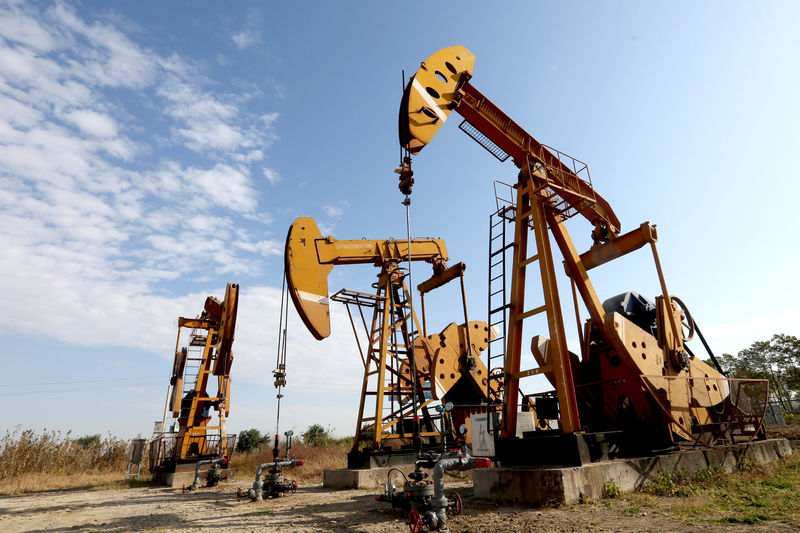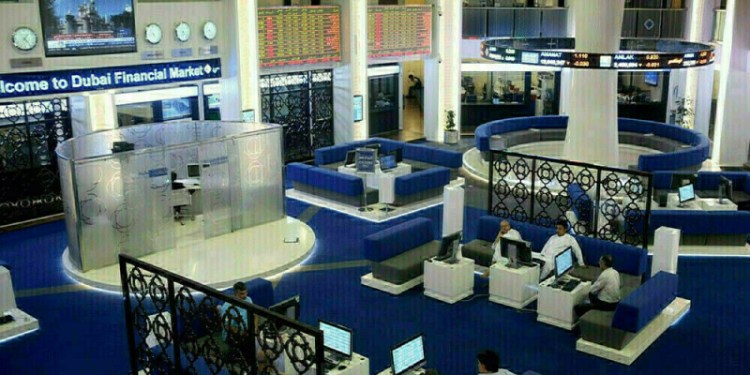 © Reuters. Oil Falls After Trump Tweets Hints At Higher Saudi Output
© Reuters. Oil Falls After Trump Tweets Hints At Higher Saudi OutputInvesting.com – Oil futures slumped on Monday, after U.S. President Donald Trump lashed out at OPEC with a warning to stop manipulating markets and to compensate for lower exports from Iran.
International benchmark futures were down 75 cents, or around 1%, at $78.48 a barrel by 6:10AM ET (1010GMT). futures on the New York Mercantile Exchange were 40 cents, or almost 0.6%, lower at $73.75.
In an early morning tweet on Saturday, Trump said Saudi Arabia’s King Salman had agreed to his request to increase crude production “maybe up to” 2 million barrels to help offset a decline in supply from Iran and Venezuela.
Iran urged fellow OPEC members to “refrain from any unilateral measures”, warning that would undermine the unity of OPEC, in a response to Trump’s tweet.
The Trump administration is pushing countries to cut all imports of Iranian oil from November when the U.S. reimposes sanctions against Tehran, after Trump withdrew from the 2015 nuclear deal agreed between Iran and six major powers, calling it a “defective” agreement.
A week ago, OPEC and its allies, including Russia, agreed to boost supplies, easing curbs in place since the start of 2017. They did state how much extra supply they would add.
In briefings since then, OPEC officials have signaled the extra volume is likely to be in the range of 700,000 to 1 million barrels per day (bpd). A request by Trump for 2 million bpd more would be at least double market expectations.
Oil markets also remain tense over escalating trade disputes between the United States and other major economies including China, the European Union, India and Canada.
Investors are worried that threats of higher U.S. tariffs and retaliatory measures by others could derail a period of synchronized global growth and reduce demand for oil.
Fusion Media or anyone involved with Fusion Media will not accept any liability for loss or damage as a result of reliance on the information including data, quotes, charts and buy/sell signals contained within this website. Please be fully informed regarding the risks and costs associated with trading the financial markets, it is one of the riskiest investment forms possible.
Source: Investing.com



























